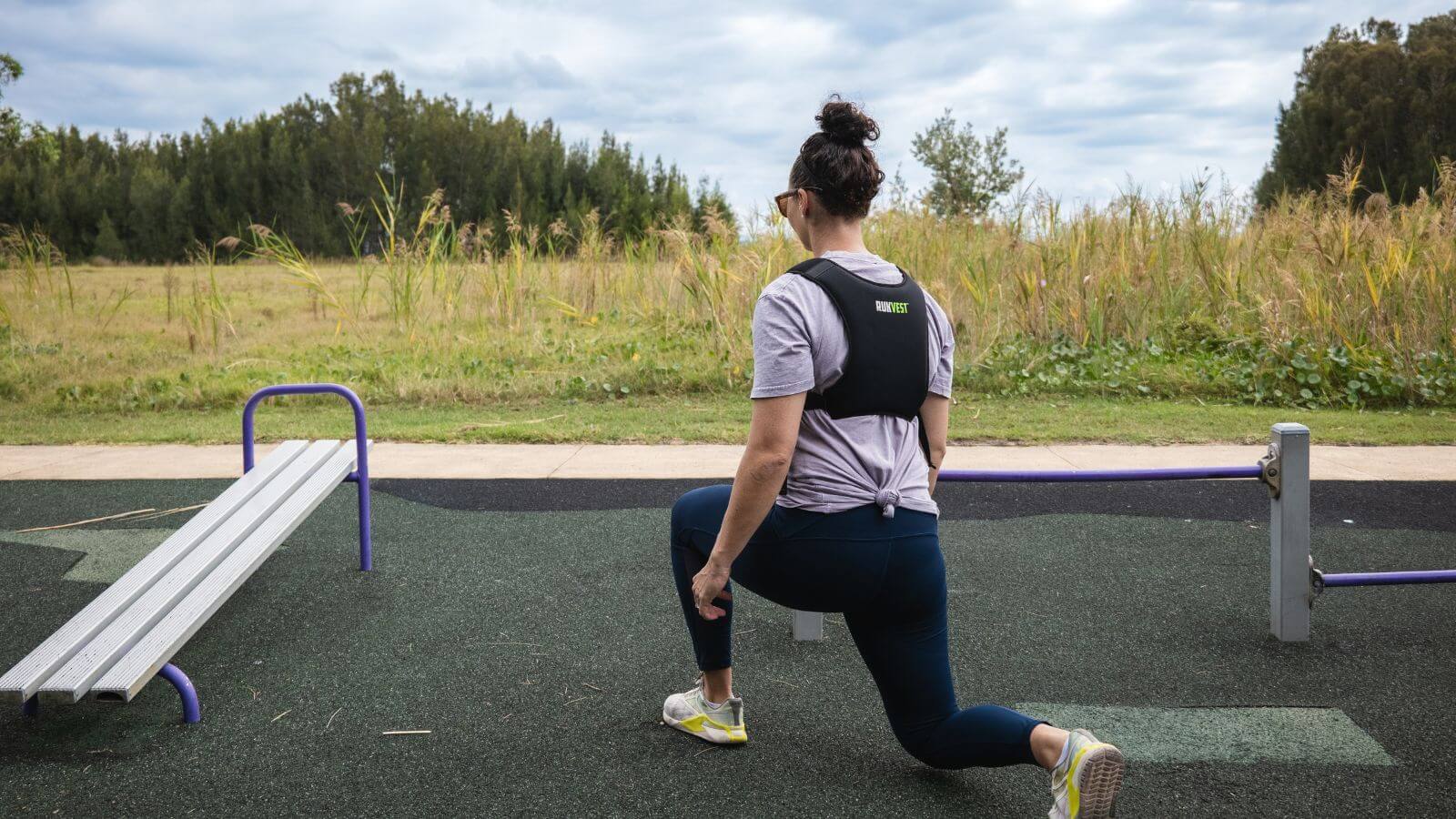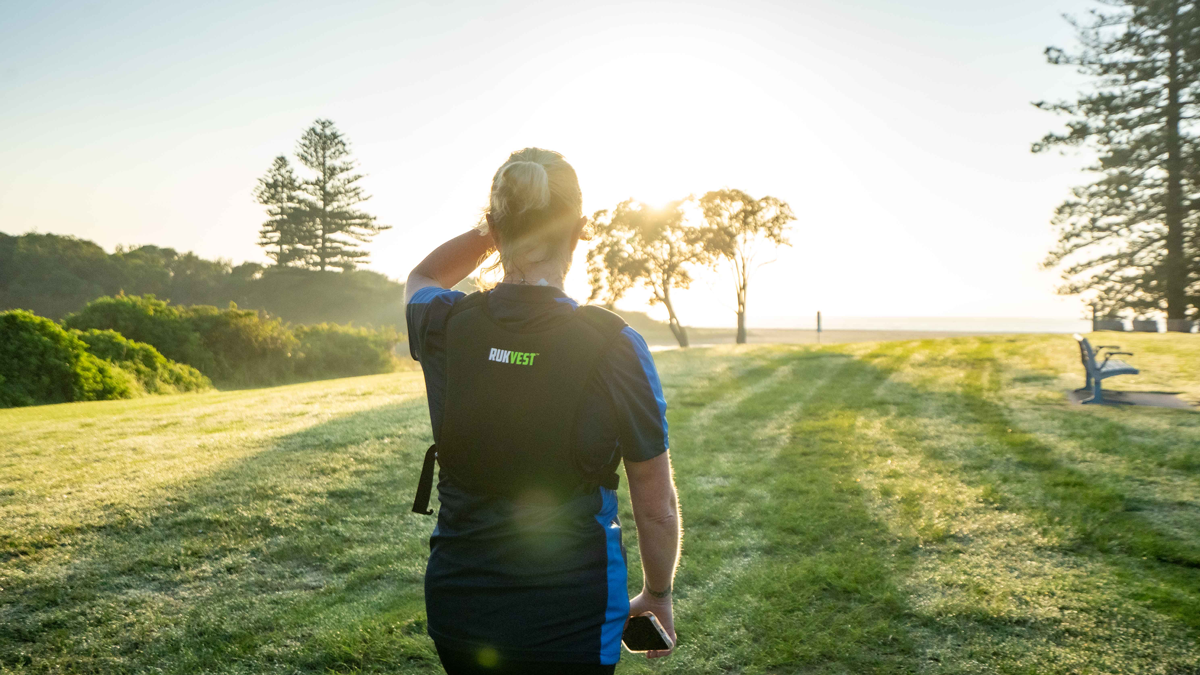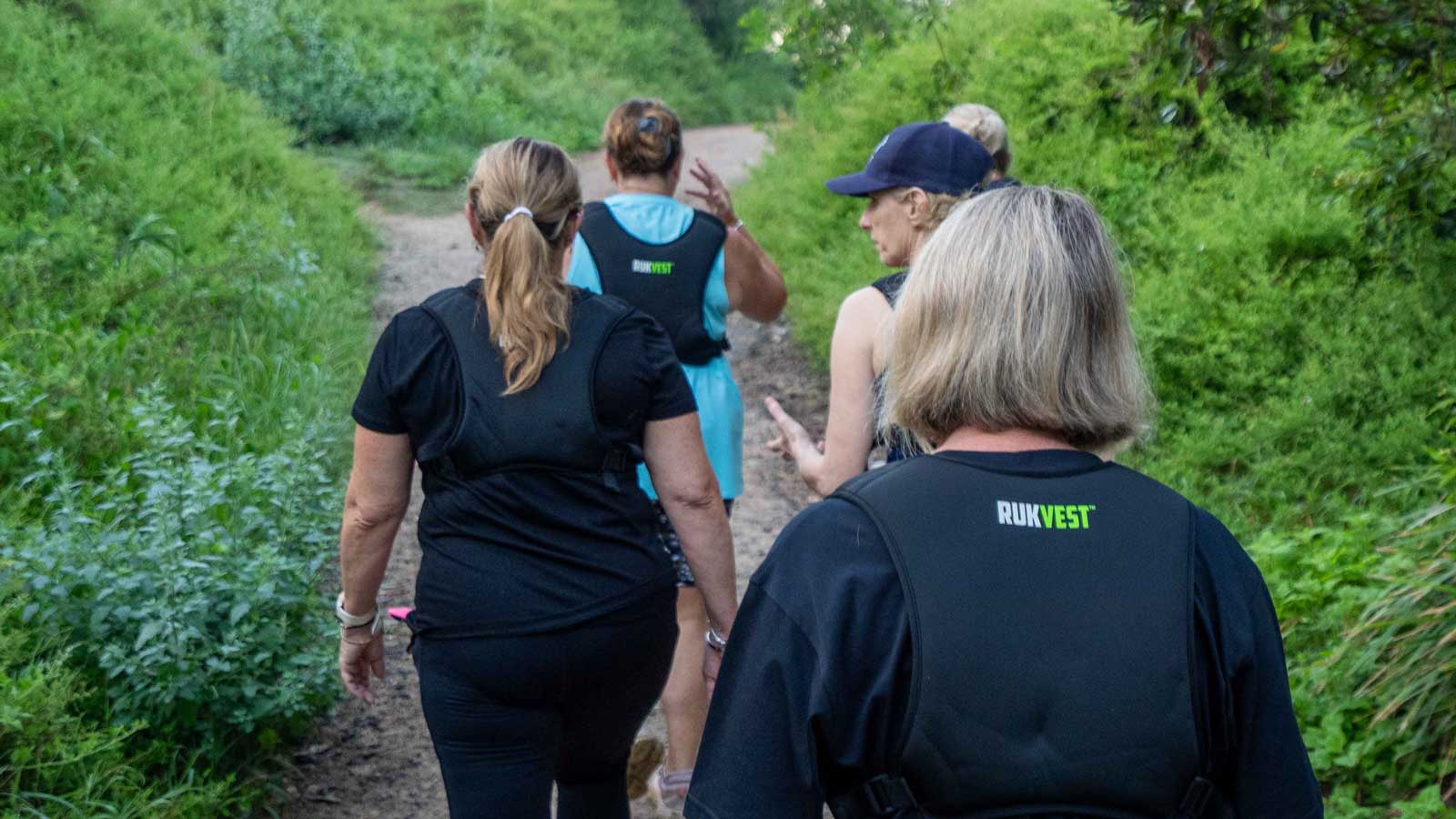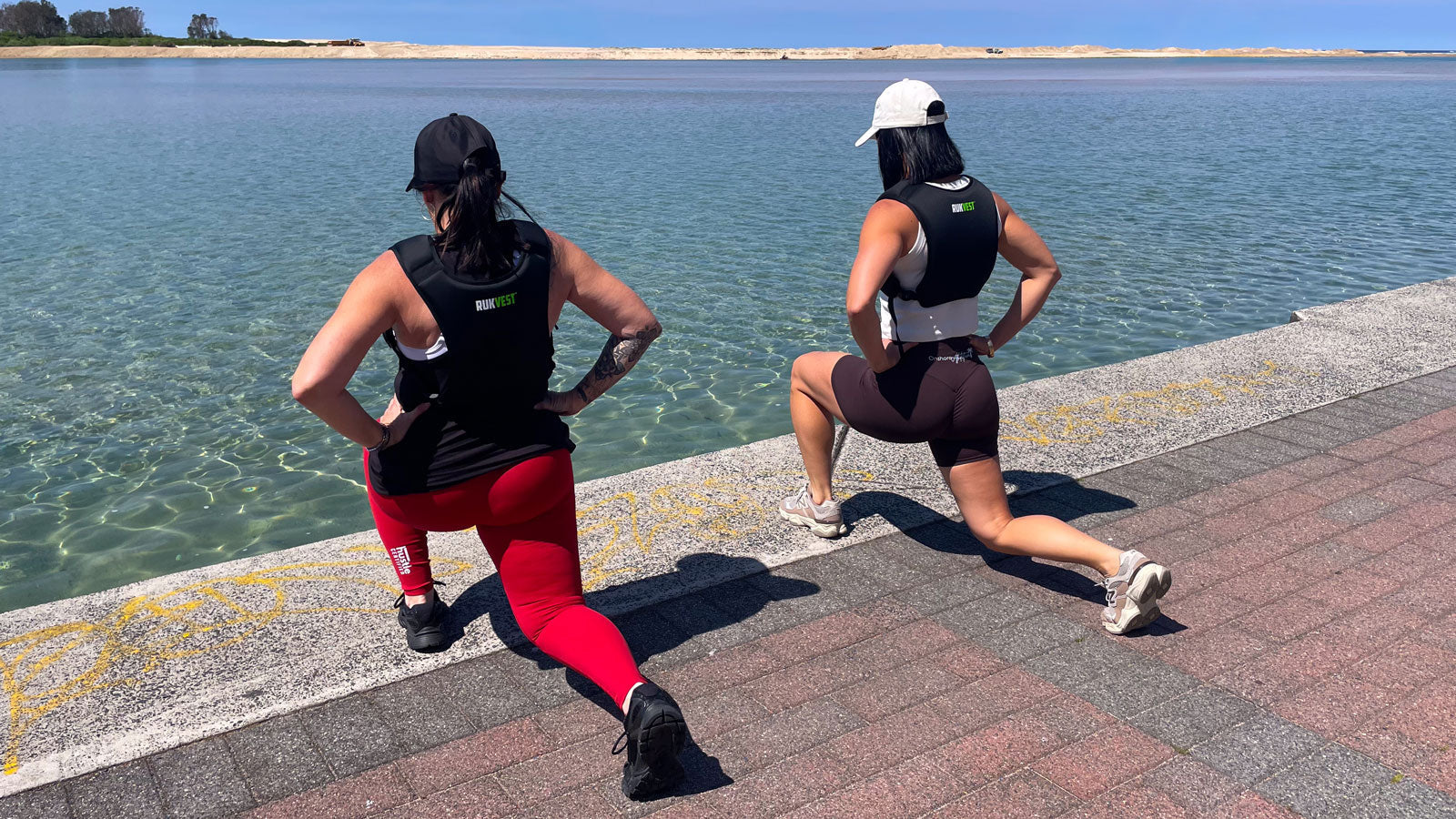Key Takeaways
- Bone density is crucial for preventing osteoporosis and maintaining lifelong strength.
- Rucking provides weight-bearing resistance that strengthens hips, spine, and leg bones safely.
- Regular rucking improves posture, resilience, and reduces fracture risk as we age.
- A low-impact, accessible alternative to gym-based resistance training for stronger bones.
Bone health is being recognised as vital for overall well-being. Improving bone density as we age is vital for several reasons, particularly in preventing conditions like osteopenia and osteoporosis, which increase the risk of fractures and other health issues.
Recently, an old but newly recognised form of exercise has been heralded as a great way to make significant improvements in bone mineral density (BMD). Offering a promising solution to help mitigate the natural decline in bone density and offer protective benefits against various age-related health issues.
The activity is called “rucking”, which sees people simply walking, but while carrying a weighted backpack called a rucksack. The military have been using rucking as part of their training for decades as a way to build both strength and cardio while reducing the chance of training related injuries.

For Civilians, rucking offers a holistic approach to bone health, combining the benefits of weight-bearing exercise with the simplicity and accessibility of walking. By incorporating rucking into your daily routine, you can strengthen your bones, improve posture, and enhance overall physical resilience, without high-impact exercises, setting the stage for a lifetime of active living.
Strengthening bones through exercise, particularly resistance and weight-bearing training, can help reduce the risk of fractures, which are a serious health concern in older adults. This is imperative because falls and fractures in the elderly can lead to severe complications like pneumonia and extended hospital stays.
By subjecting bones to controlled stress, therefore stimulating bone remodelling and strengthening bone tissue, rucking offers a natural and effective exercise strategy for maintaining bone density and reducing the incidence of osteoporotic fractures.
Participants who engage in regular rucking demonstrate notable increases in bone mineral density, particularly in weight-bearing bones such as the hips, spine, and legs. These improvements were observed across various age groups and fitness levels, highlighting the universal efficacy of rucking for enhancing bone health.







Share:
One Exercise that a Billion Overweight Humans Need to Know About
Maintain Muscle Mass … No Gym Needed